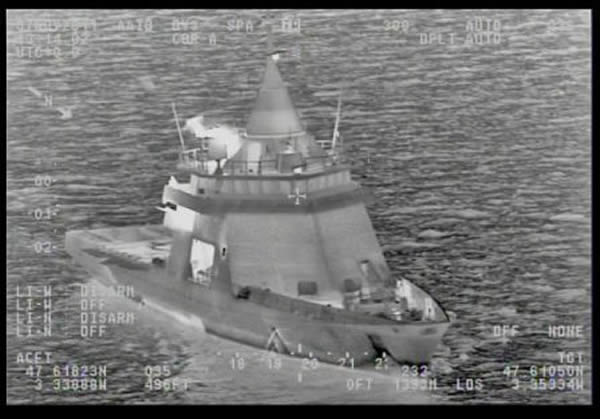Breaking news
DCNS-Built OPV L’Adroit Confirms its Operational Capacities with the French Navy.
| 2015
 L'Adroit OPV seen from an S-100 Camcopter. Picutre: French Navy
L'Adroit OPV seen from an S-100 Camcopter. Picutre: French Navy |
|||
Has
the partnership developed between the French Navy and DCNS since 2011
worked well? “Yes, as it allowed the French Navy to test an innovative and reliable patrol vessel whilst at the same time giving DCNS and its industrial partners a floating shopwindow. On the one hand, the French Navy was able to better define its needs in view of the renewal of its patrol vessel fleet in the frame of the future BATSIMAR (maritime surveillance and intervention vessels) programme. On the other hand, L’Adroit represented an effective promotional tool for DCNS and its partners. Each year, the French Navy and DCNS jointly defined export-support missions performed by L’Adroit to promote this vessel with foreign navies during stopovers and missions at sea. Since the launch of this OPV, built using its own funds, DCNS created – in 2013 – together with the Piriou naval shipyard, which also participated in the construction of L’Adroit, a joint company, Kership, which markets offshore patrol vessels and specialist ships: L’Adroit, whose generic name is OPV 90, served as an experimental tool to prepare a range of armed vessels of 40 to 95 metres intended for State maritime intervention missions. Further to the feedback received from the French Navy, certain types of equipment, such as the single integrated mast and the rear launch system, were introduced on smaller OPVs and other DCNS vessels. With this range of vessels, DCNS is solicited to respond to calls for tender in several countries that used L’Adroit as inspiration for drafting their specifications. The commercial future of this OPV and its derived vessels is therefore very promising!” |
|||



























